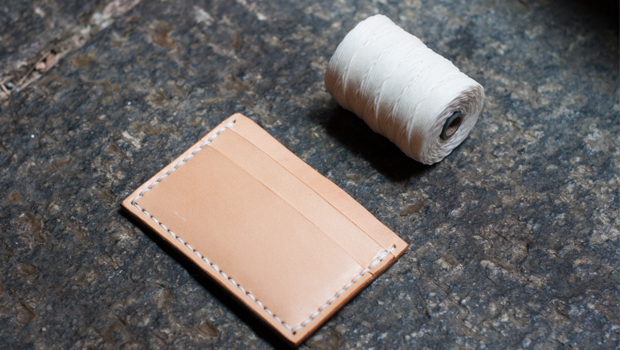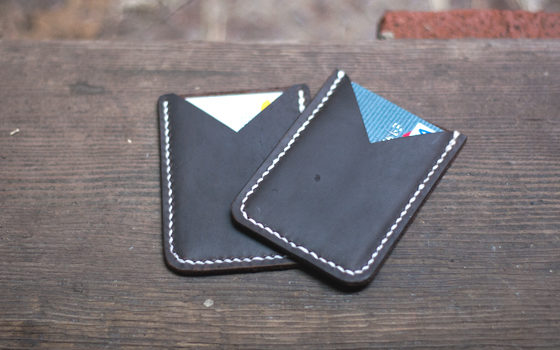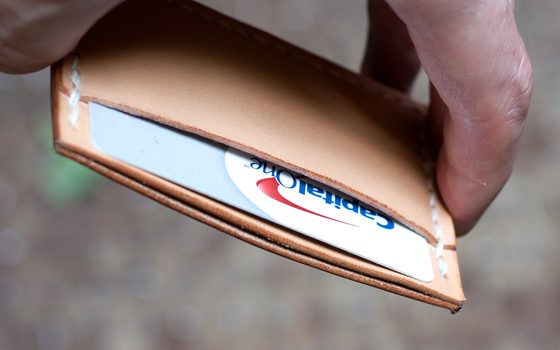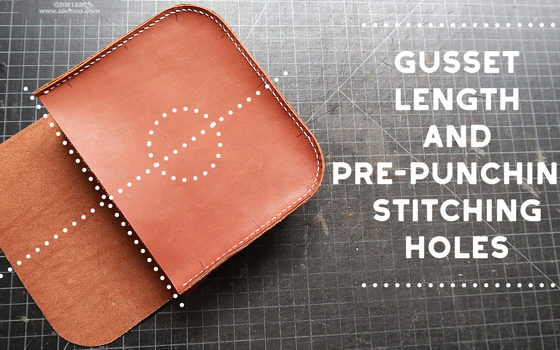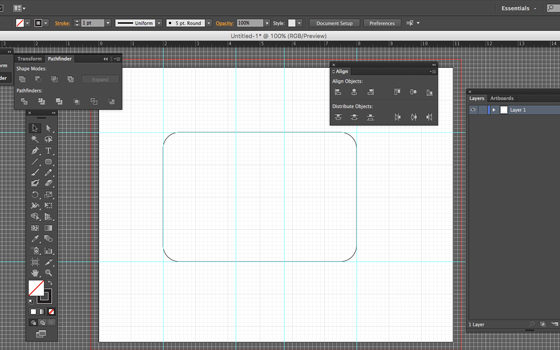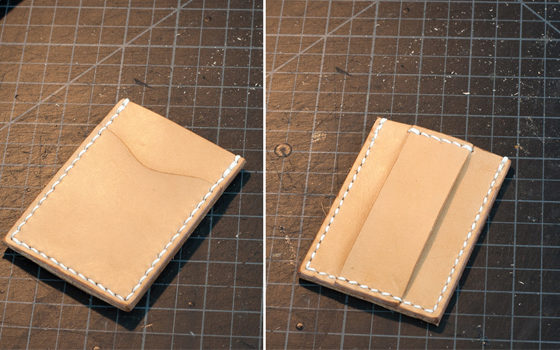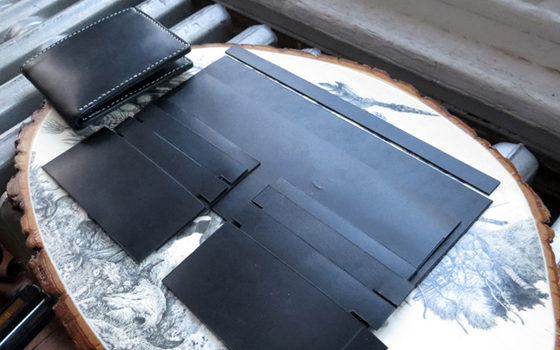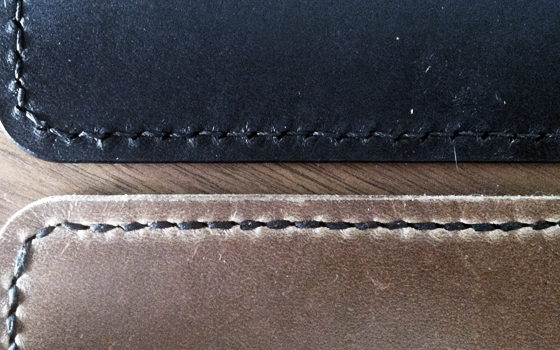In this video tutorial we will learn how to complete a basic saddle stitch. I will preface this tutorial by saying there are a few different ways to saddle stitch leather. This lesson will discuss the most basic version called a non-casted saddle stitch. In this video I will also be referencing a book called “The Art of Hand Sewing Leather” by Al Stohlman. If you wish to purchase this book, there is a link below.
This is not a full construction tutorial. This video will just emphasize the saddle stitching process beginning to end.
Looking to start selling your handcrafted leather goods and need an e-commerce platform? We recommend you start with what we use here at Makesupply… Shopify!
Inventory of tools used in this tutorial:
- The Art of Hand Sewing Leather Book
- Hermann Oak Natural Veg Tan Tooling Leather (3/4 oz)
- Craftool Diamond Stitching Chisels (4 Prong – 3mm)
- Tandy Stitching Needles
- Royalwood Waxed Irish Linen Thread (7-ply)
- CS Osborne Scratch Awl
- Elmers Pro Bond Glue
Saddle Stitching Takeaway Points
- Before you even begin stitching make sure your holes are as neat and straight as you can. The more aligned and evenly spaced the holes are, the better your stitch lines will come out.
- If you are saddle stitching an open ended stitch line (like we did in the video) its good practice to backstitch once or twice before starting the line. This gives you a little more reinforcement on a stress point and helps balance out the amount of backstitches on each side.
- Make sure your thread is even lengths on both sides of the piece before you do your first stitch.
- Complete each stitch exactly the same way as the previous one and try to keep equal tension. If you start by pulling your stitches very tight, keep that up until the end.
- If you pierce the thread on accident slowly remove the needle and untangle. Do NOT try to muscle through it will only make it worse and potentially break your thread.
- When you get to the end, backstitch twice. After the second backstitch, take the needle that is coming out of the front side and push it through the next hole so both needles are exiting the back. Snip the thread as close to the piece as you can.

